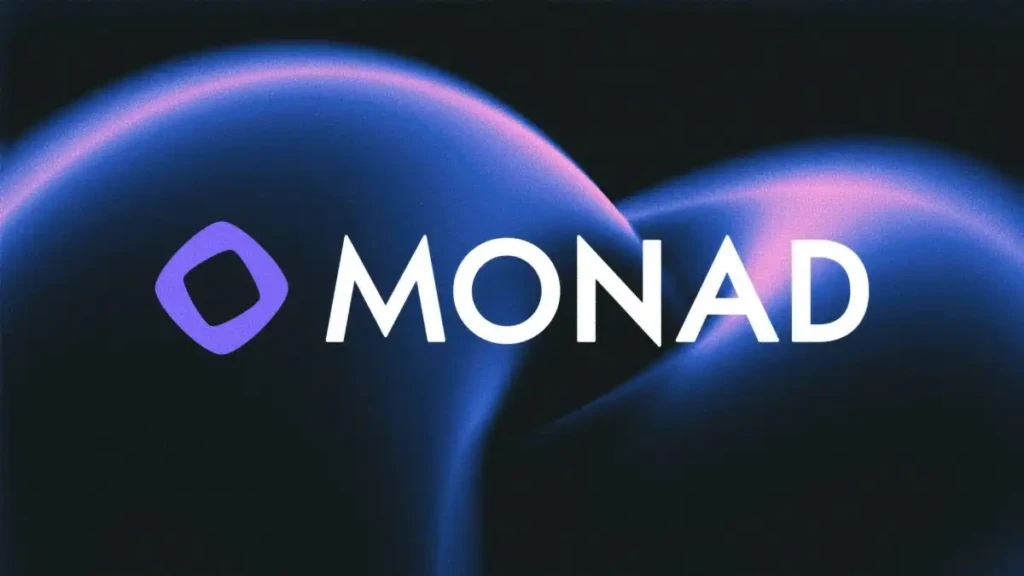How Does Monad Crypto Work? Inside the High-Performance Blockchain
How does Monad crypto work? This question is on the minds of developers, investors, and blockchain enthusiasts who have watched Monad emerge as one of the most anticipated Layer-1 protocols of the post-Ethereum era. Unlike incremental improvements that merely tweak existing frameworks, Monad proposes a fundamental rethink of throughput, execution, and scalability. In this long-form investigation, we examine the technical underpinnings, economic model, and potential risks of a blockchain that aims to handle tens of thousands of transactions per second—without compromising decentralization.
The Vision Behind Monad
Monad was conceived to address a persistent challenge in blockchain: the trade-off between scalability, security, and decentralization known as the “blockchain trilemma.” By re-architecting the execution layer and adopting advanced consensus methods, Monad seeks to eliminate the bottlenecks that have constrained networks such as Ethereum and Solana.
Key principle: parallelism. Monad’s architecture allows multiple transactions to be processed simultaneously while maintaining atomic consistency—a feat that most blockchains struggle to achieve.
Core Architecture: How Monad Crypto Works at Scale
Parallel Execution Engine
At the heart of how Monad crypto works is its parallel execution engine. Instead of processing transactions one after another, Monad leverages speculative execution and dependency analysis to identify independent transactions that can run concurrently. This significantly increases throughput, targeting over 10,000 transactions per second (TPS) while reducing latency.
High-Performance Consensus
Monad uses a Byzantine Fault Tolerant (BFT) consensus mechanism enhanced with pipelining techniques. This approach separates the tasks of ordering and executing transactions, allowing validators to agree on blocks quickly while the execution layer catches up in parallel. Similar to systems like HotStuff (used by Facebook’s Diem) but optimized for speed, this design reduces confirmation times to a few seconds.
Monad Virtual Machine (MVM)
The Monad Virtual Machine is Ethereum-compatible, meaning developers can deploy Solidity smart contracts without modification. This EVM compatibility lowers the barrier for migration while introducing advanced optimizations in bytecode execution and state management.
Tokenomics and Incentive Design
Understanding how Monad crypto works also requires looking at its economic engine. The MON token (ticker hypothetical) powers:
- Transaction fees: Paid by users and distributed to validators.
- Staking rewards: Validators and delegators secure the network by staking MON, earning proportional rewards.
- Governance: Token holders propose and vote on protocol upgrades.
Monad’s tokenomics aims for predictable inflation and deflation mechanics, balancing network security with sustainable growth.
Developer Ecosystem and Real-World Applications
Monad’s architecture attracts decentralized finance (DeFi) projects that require high throughput and low latency, such as:
- High-frequency trading platforms needing near-instant settlement.
- NFT marketplaces capable of mass minting without gas wars.
- Gaming ecosystems where real-time interactions are critical.
Early developer interest mirrors the enthusiasm once seen with Solana, but with an added promise of easier EVM migration.
Security Considerations and Challenges
No investigative article on how Monad crypto works would be complete without addressing risks:
- Validator centralization: High hardware requirements for parallel execution may limit validator diversity.
- Speculative execution attacks: Parallelism introduces new vectors where transaction ordering can be exploited.
- Network maturity: As a relatively new chain, Monad must withstand stress tests and adversarial conditions to prove resilience.
Market Position and Competitors
Monad enters a crowded field that includes Ethereum 2.0, Solana, and Aptos. Each pursues high throughput, but Monad’s unique mix of EVM compatibility and parallel execution differentiates it. Analysts note that if Monad delivers on its performance claims, it could become a serious contender for next-generation DeFi infrastructure.
For further technical comparisons, authoritative sources such as Ethereum Foundation and Solana’s whitepaper provide valuable benchmarks.
FAQ: How Does Monad Crypto Work?
What makes Monad different from other blockchains?
How does Monad crypto work compared to others? It employs parallel execution and advanced BFT consensus to achieve high throughput without sacrificing decentralization.
Is Monad compatible with Ethereum?
Yes. How does Monad crypto work with Ethereum developers? Its virtual machine is EVM-compatible, so Solidity contracts can be deployed with minimal changes.
How secure is Monad’s network?
How does Monad crypto work to ensure security? It uses a Byzantine Fault Tolerant consensus with pipelined validation and staking mechanisms to protect against malicious actors.
What is the utility of the MON token?
How does Monad crypto work in tokenomics? MON is used for transaction fees, staking, and governance to maintain network health and incentivize participation.
Analytical Outlook: The Road Ahead
How does Monad crypto work in a future dominated by high-speed decentralized applications? If the team continues to deliver on parallel execution and consensus innovations, Monad could redefine the limits of Layer-1 blockchains. Yet success depends on balancing performance with decentralization and nurturing a developer ecosystem large enough to justify its bold ambitions.
Investors and developers should watch testnet performance metrics and mainnet security audits over the next 12–18 months. The coming year will determine whether Monad is a breakthrough in blockchain engineering—or another ambitious experiment that falls short.

